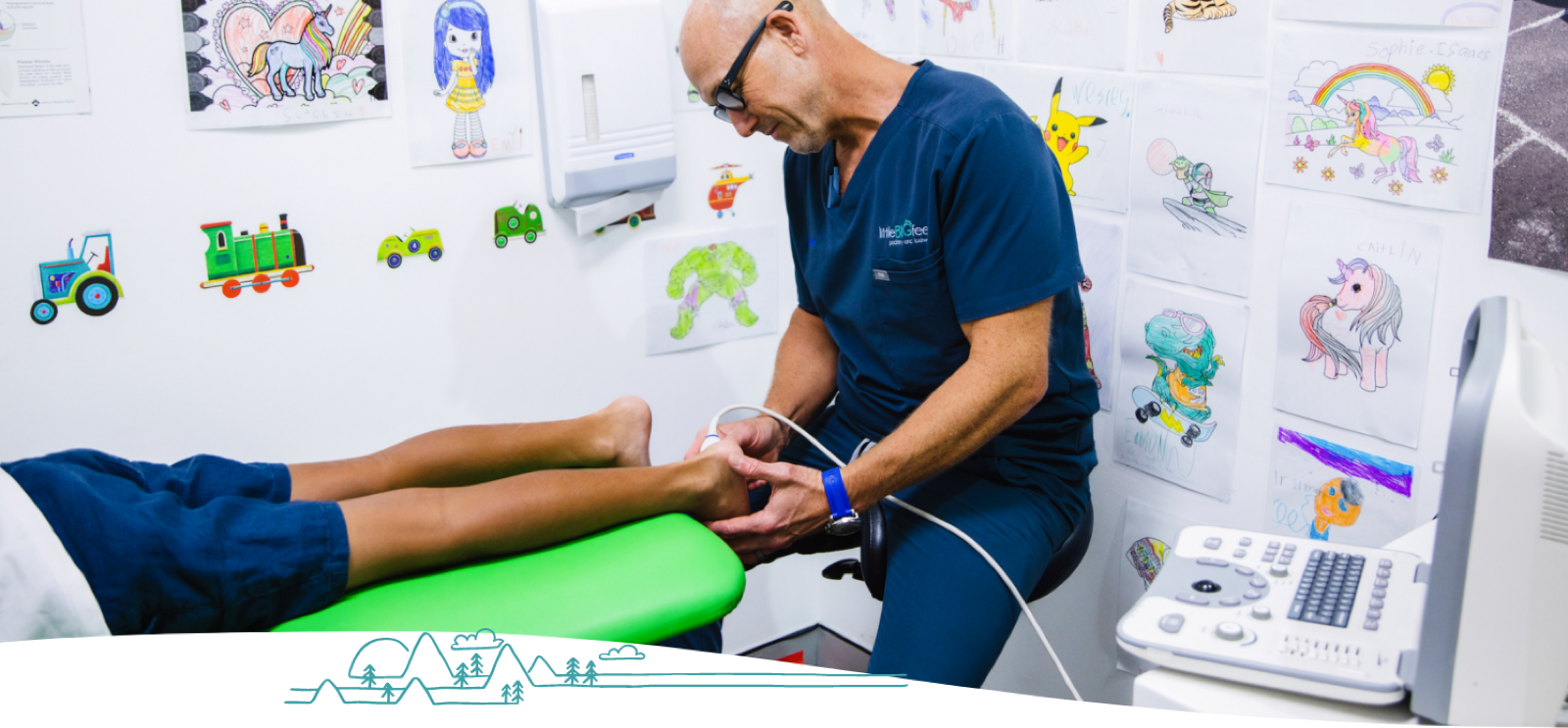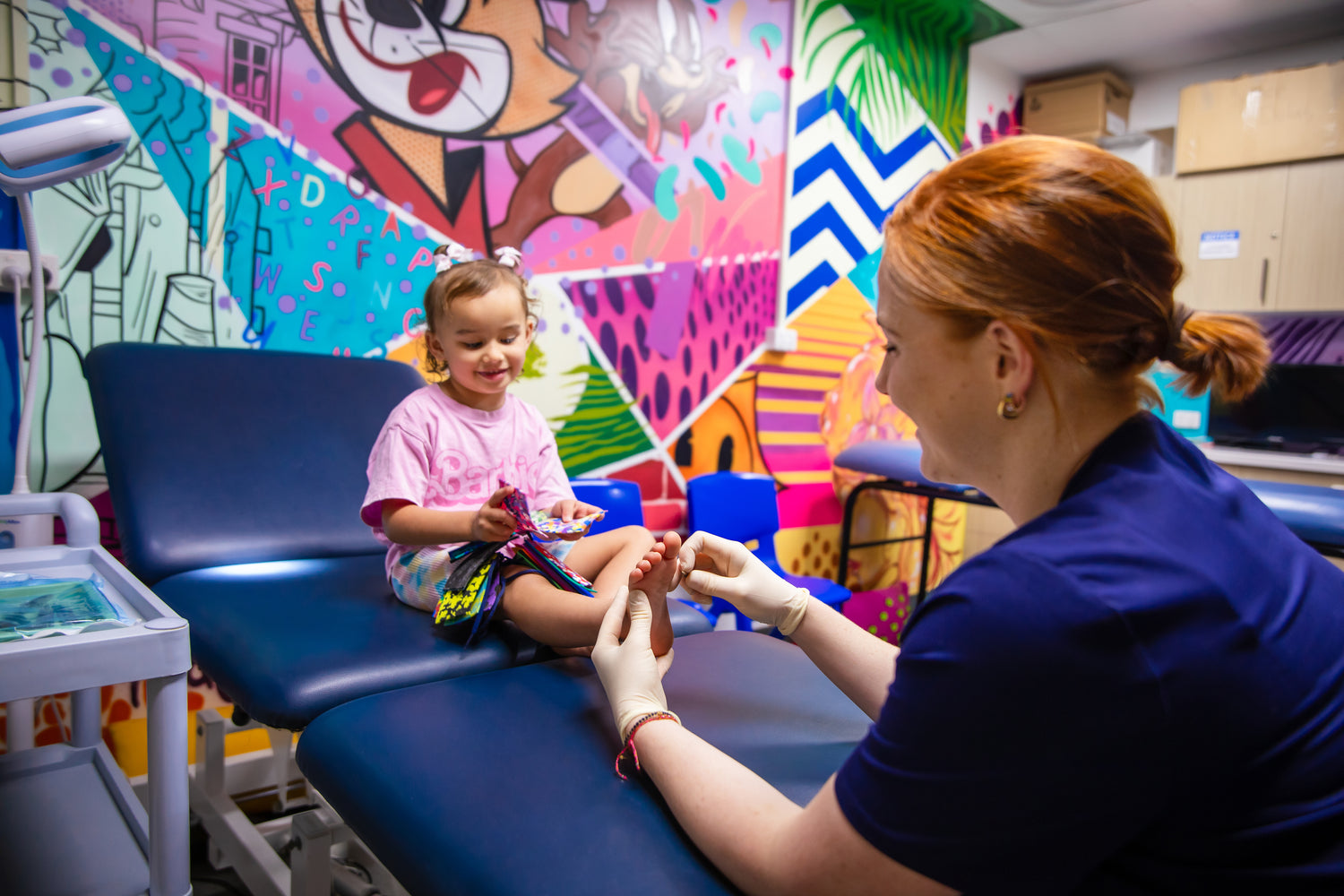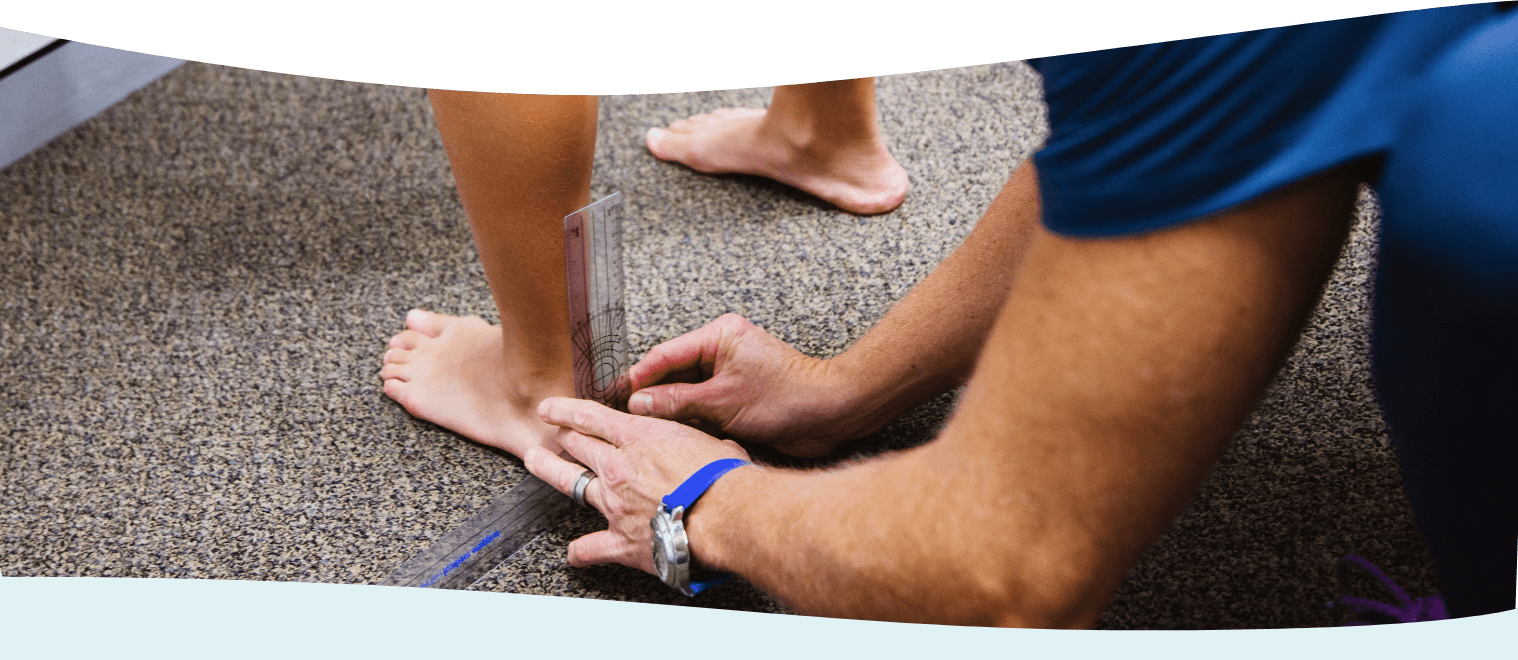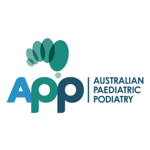
Dermatology

Dermatological presentations in paediatric podiatry
Little Big Feet Podiatrists assess, diagnose and treat numerous podiatric dermatological conditions. The most common of these being ingrown toe nails and plantar warts.
Ingrown toe nails typically affect adolescents between the ages of 10-16yrs and may result from a number of factors such as: the hereditary shape of the nail, poor cutting technique, integrity of the surrounding soft tissue, excessive sweating/damp feet and footwear. Ingrown toe nails can be very painful and difficult to manage, often resulting in infection and discharge.
Ingrown toenails may also affect babies and children who are not yet walking.
LBF Podiatrists will assist in diagnosing the underlying cause of the presentation, as well as offering a range of treatment options from conservative clearance through to minor nail surgeries (partial nail avulsion). Typically acute episodes will respond to conservative treatment, however recurrent episodes may benefit from a more permanent nail avulsion (partial nail removal). LBF Podiatrists will discuss the best course of action based on your child’s age, activities and recurrence.

Verruca Pedis, or plantar warts, are another dermatological presentation common within the Podiatric setting. Plantar warts are caused by the human papilloma virus (HPV) and can be solitary (singular) or found in a cluster. Eradicating a virus can be tricky, which is why many warts won’t respond to topical (over the counter) treatments and can be rather recalcitrant. Whilst plantar warts may self-resolve with time, the virus is contagious and can spread to other sites or other family members. Depending on the
location of the wart, they can be painful, especially if in weight bearing locations.
Treatments for plantar warts range from topical solutions (acids etc), cryotherapy (freezing the tissue) and infiltration procedures.
Whilst topical treatments are less invasive, they require multiple treatments and do not guarantee full resolution.
LBF Podiatrists commonly undertake an infiltration (or multi puncture) procedure of VP tissue which has a success rate of over 90%. This procedure involves first administering local anaesthetic in order to numb the site so that the procedure itself it pain-free. The procedure invokes an immune response which eradicates the viral tissue from the site, and typically only requires 1-2 follow up visits after the procedure itself.


Conditions associated with dermatology in Paediatric Podiatry
- Onychocryptosis(ingrown toe nails)
- Verruca Pedis(plantar warts)
- Hyperkeratosis(callus)
- Hyperhydrosis








